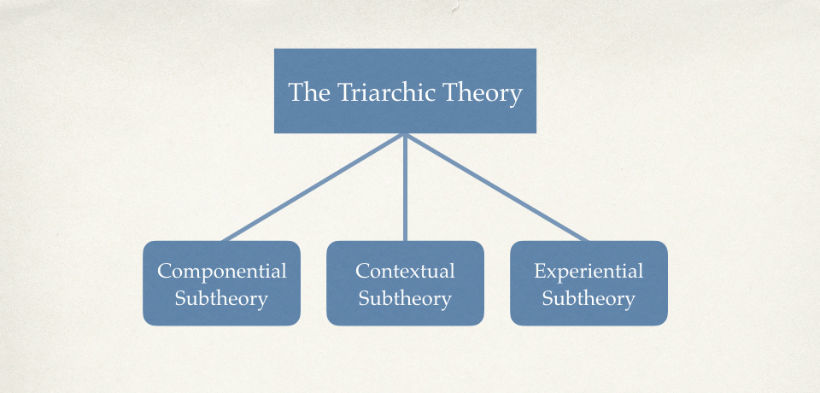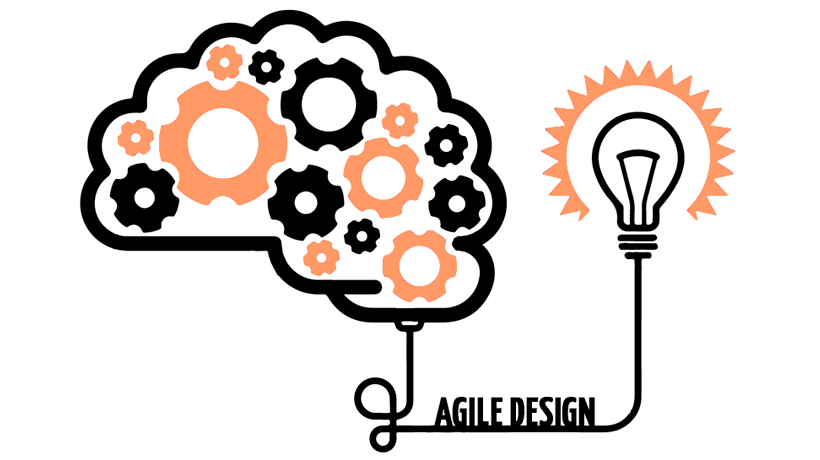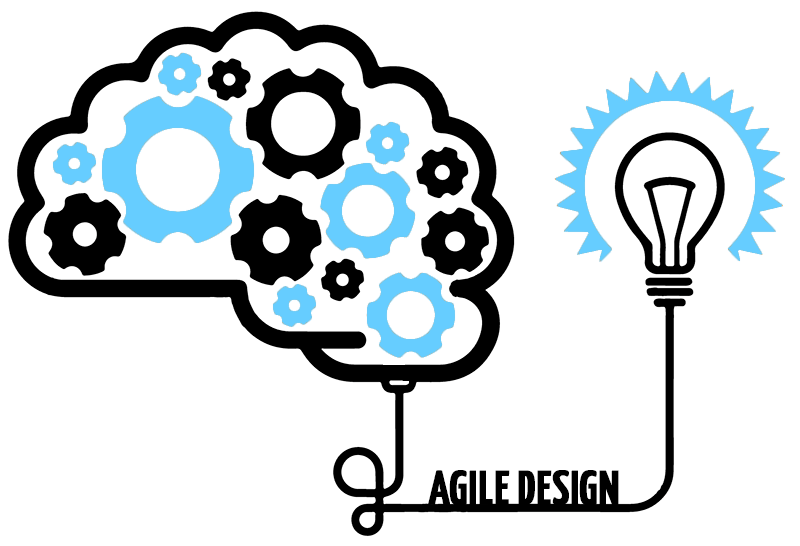June 22, 2016
5 Tips To Use The Triarchic Theory In Online Training
Acquiring and assimilating new information involves a multitude of firing synapses, mental schema, and memory banks. In other words, it’s more complicated than it looks. In this article, I’ll explain the 3 components of the Triarchic Theory, as well as 5 tips on how to use its principles in online training in order to boost knowledge retention and draw upon the experience of your corporate learners.
by Christopher Pappas











